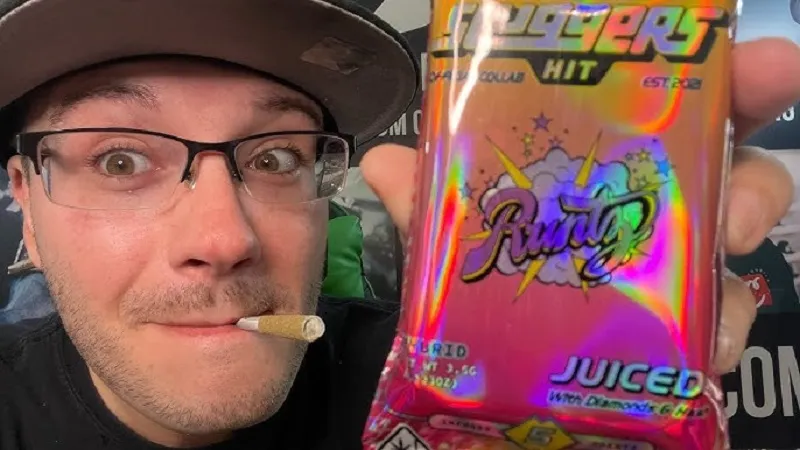As the cannabis industry continues to expand, so too does the need for innovative and sustainable consumption methods. One such innovation that has gained momentum is sluggers hit disposable solutions. These products offer convenience and ease of use, but they also raise questions about their environmental impact. In this article, we’ll explore the intersection of environmental sustainability and innovation in sluggers hit disposable solutions, evaluating their ecological footprint and examining efforts to minimize environmental harm.
The Convenience Factor:
Sluggers hit disposable solutions have become popular among cannabis consumers for their convenience. They provide a hassle-free way to enjoy cannabis without the need for additional accessories or preparation. With a simple design and no maintenance required, these products appeal to users seeking a convenient and portable option for on-the-go consumption.
Environmental Concerns:
However, the rise of sluggers hit disposable solutions has raised concerns about their environmental impact. Like many single-use products, disposable solutions contribute to waste accumulation and environmental pollution. The packaging, materials used in construction, and disposal of these products can all have negative consequences for the environment if not managed responsibly.
Evaluating the Ecological Footprint:
To better understand the environmental impact of sluggers hit disposable solutions, it’s essential to evaluate their ecological footprint across the product lifecycle. This includes assessing factors such as raw material sourcing, manufacturing processes, packaging, distribution, and end-of-life disposal.
Sustainable Practices and Innovation:
Despite these concerns, the cannabis industry is actively exploring ways to mitigate the environmental impact of disposable solutions. Manufacturers are implementing sustainable practices and innovative technologies to reduce waste and minimize ecological harm.
Biodegradable and Compostable Materials:
One approach to addressing environmental concerns is the use of biodegradable and compostable materials in the production of disposable solutions. These materials break down naturally over time, reducing the amount of waste that ends up in landfills or pollutes natural ecosystems.
Recycling Programs:
Another strategy is the implementation of recycling programs for disposable products. Some manufacturers offer take-back programs where used products can be returned for recycling or proper disposal. By encouraging consumers to participate in these programs, companies can help minimize the environmental impact of their products.
Consumer Education and Awareness:
Educating consumers about the environmental impact of disposable solutions and promoting sustainable consumption practices is also crucial. By raising awareness about the importance of recycling, proper disposal, and reducing waste, consumers can make more informed choices and minimize their ecological footprint.
Conclusion:
The rise of sluggers hit disposable solutions presents both opportunities and challenges for the cannabis industry. While these products offer convenience and ease of use, they also raise concerns about their environmental impact. By implementing sustainable practices, innovative technologies, and consumer education initiatives, manufacturers can work towards minimizing the ecological footprint of disposable solutions and promoting environmental sustainability in the cannabis industry. Ultimately, a collaborative effort between industry stakeholders, policymakers, and consumers is needed to address these challenges and ensure a more sustainable future for cannabis consumption.




